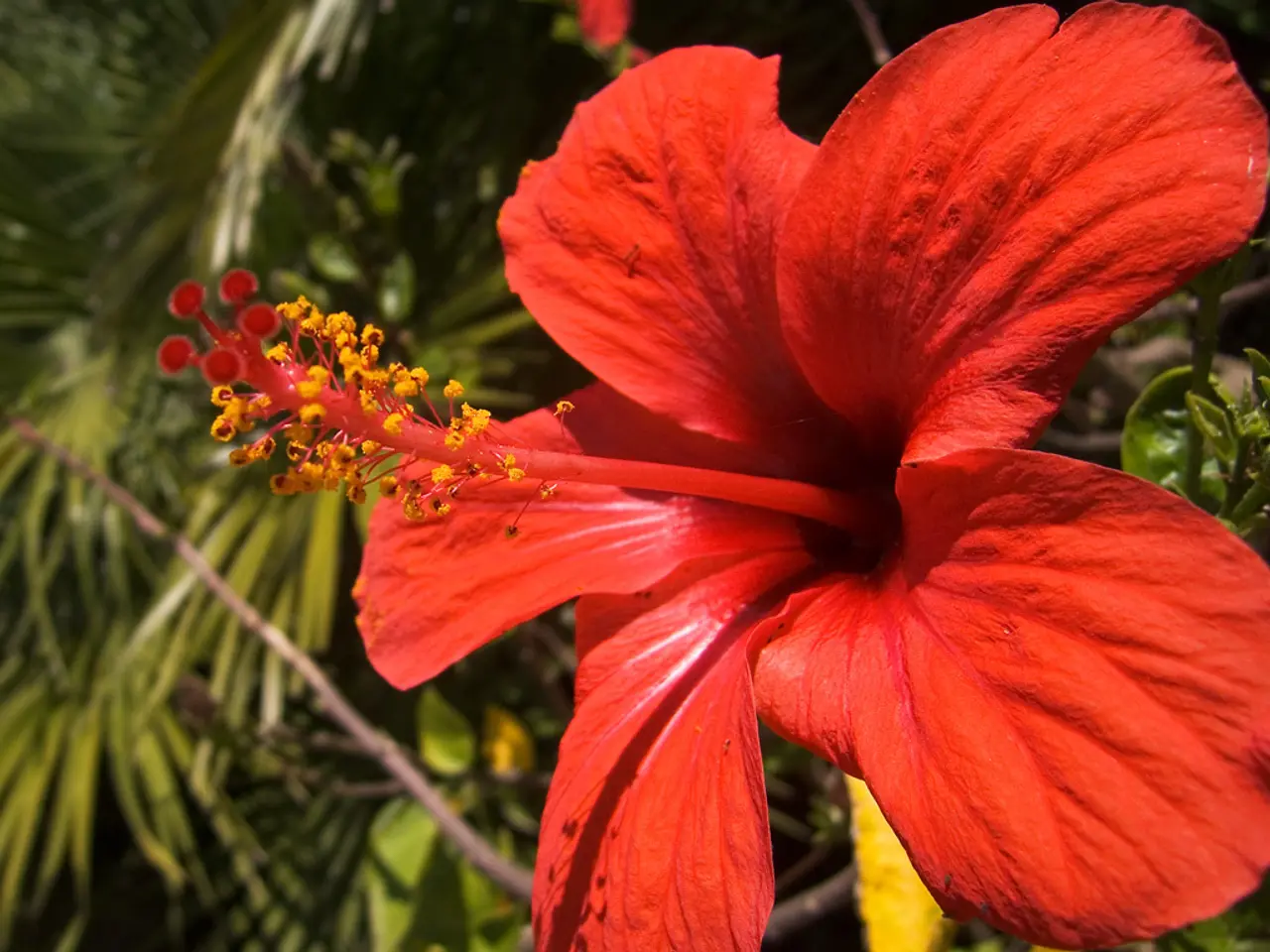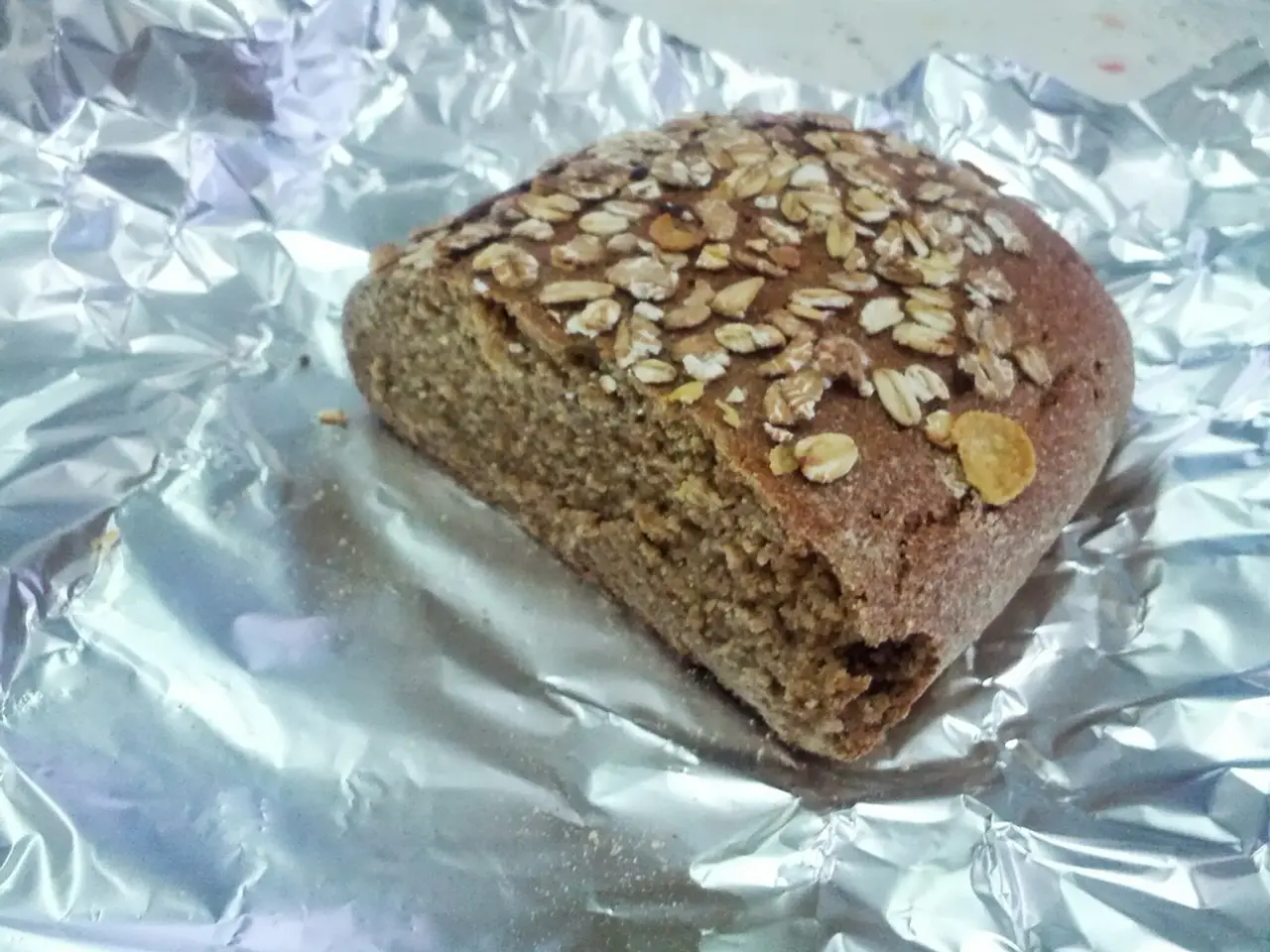Keep Vigilant Over Hibiscus Ailments: Identify 5 Prevalent Issues to Monitor
Hibiscus plants, known for their vibrant blooms and easy-to-care-for nature, can sometimes fall victim to various diseases. In this article, we'll explore some common hibiscus diseases, their symptoms, and the best practices for preventing and treating them.
One such disease is Dieback, which occurs when damage to a hibiscus plant allows fungus or bacteria to enter the stem, causing foliage to wilt and the stem to rot away. To control dieback disease, it's essential to remove broken or damaged stems and maintain good garden sanitation by removing dead or infected plant matter.
Hibiscus Leaf Spot, caused by the pathogen Pseudomonas cichorii, is another common issue. This disease is identified by dark spots on hibiscus leaves, surrounded by a lighter yellow halo. Prevention includes ensuring new plants or cuttings are disease-free, good watering techniques, and maintaining a clean garden.
Botrytis Blight, also known as gray mold, affects hibiscus flower buds, distorting growth and covering each with a grayish fuzz. This fungus, Botrytis cinerea, thrives in cool, moist conditions, so adequate airflow between hibiscus plants and avoiding overhead watering can help prevent its spread.
Powdery mildew may also affect hibiscus plants, causing a white, powdery appearance on leaves. Removing infected plant matter promptly and maintaining good airflow around the plants can help control this disease.
Root Rot, often caused by overwatering leading to fungal infection in the roots, is another concern for hibiscus growers. Symptoms include yellowing leaves, wilting, and general decline despite adequate watering. Preventing overwatering by checking soil moisture before watering and improving drainage can help avoid this issue.
Pests such as aphids, scale insects, spider mites, and Japanese beetles can also cause problems for hibiscus plants. These pests can stress the plant and spread viral or fungal diseases. Regular inspection, spraying off pests with a strong jet of water, and using insecticidal soaps or neem oil can help manage these issues.
Virus diseases, while difficult to cure, can be prevented by purchasing disease-resistant plants and removing and destroying infected plants to prevent the spread.
In conclusion, maintaining a healthy hibiscus garden involves regular inspection, proper watering techniques, good garden hygiene, and ensuring adequate airflow between plants. By following these practices, gardeners can help prevent and treat common hibiscus diseases, ensuring a thriving garden.
Maintaining a vibrant lifestyles and homes, specifically a thriving home-and-garden, requires diligent efforts to protect hibiscus plants from various diseases. For instance, when detecting Powdery Mildew, which exhibits a white, powdery appearance on leaves, prompt removal of infected plant matter and maintaining good airflow can help control the disease. Similarly, to prevent Botrytis Blight, which thrives in cool, moist conditions, it's beneficial to ensure adequate airflow between hibiscus plants and avoid overhead watering.




